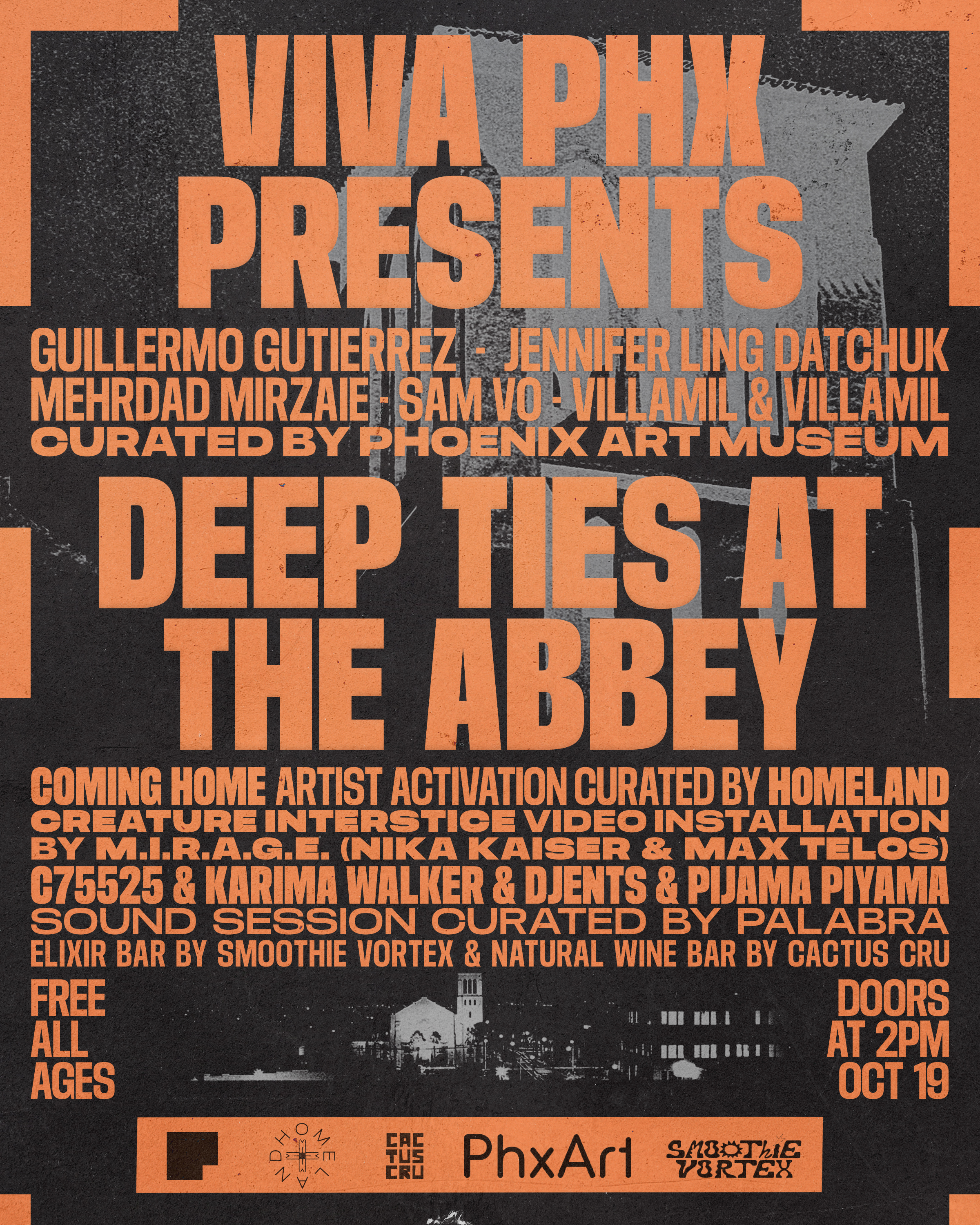
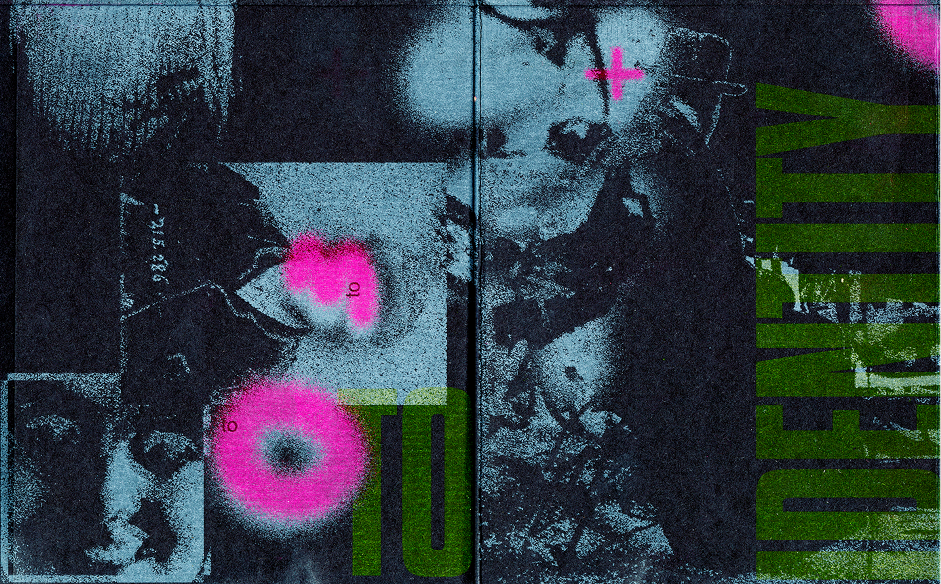
What does it mean to create when authorship is always already distributed? Assemblage, the way I use it, is a working method which draws on art-historical and philosophical use of the word. It is my core methodology; bringing together many variables, sources and media to serve a given line of inquiry, client or drive. Centering assemblage is my way of trying to acknowledge the unknowable aspects of any creative practice--the way things filter through our experience in the world, our desires, and our relations with one another means that authorship is already always decentralized. Instead of abandoning it entirely or doubling down on scarcity and propriety, I want to explore ways of working that embrace the rhizomatic nature of creation.
Assemblage can be retroactively applied to many ways I learned to make my work before I began using the term to describe my practice. At the present moment, I think assemblage is the primary mode of creation for all people. My earliest creative practices were drawing and painting, but shortly followed by frankensteining code together to make my computer perform in ways it wasn't meant to and assembling zines with clippings from other zines, magazines and learning philosophy from marginalia in the books I bought at thrift stores. These are all kinds of assemblage.
Assemblage is a strike back at the domination of the singular narrative which so prevails today. Assemblage honors tension, contradiction, and the in-between spaces which make animate truly magical art and design work.
Glitch is a widely abused term. Used to describe any and every programmed digital filter in every editing app, glitch has become a nonsense term. At its core, I theorize glitch as term describing two very possible psychologies. Maybe they're not truly bifurcated, but potentially sequential. The first mode is the glitch which is unintended by the user of a tool. The second is the glitch which is unintended by the manufacturer of the tool.
When glitch happens because of an accident--a light leak exposes photographic film, ferric particles migrate on a magnetic tape or a dithering algorithm mischaracterizes a gradient--the user may find themselves upset. The tool they're using didn't work correctly. They may withdraw from the tool; "Stupid VCR! It didn't work!" In the second mode of glitch, the user learns from this error and finds ways to intentionally expand its presence in the output.
Glitch, then, becomes something metaphysical; recognition of entropic distortion and limtation followed an excited pursuit of the route that limitation orients one towards. In this way the original glitch which could have produced anxious distrust of the tool can give birth to an ontologically open pro-glitch mode of making. The glitch presents an aperture through which the artist can pass into the unknown.
I use tools like printmaking and javascript to enable vantage points otherwise inaccessible, like making prints which show the same vantage a decade apart.
Superimposition, like Assemblage, is a methodology for understanding the world beyond cartesian division. It troubles my otherwise apparently clear delineations, and gives me the opportunity to find new perspectives.
When we put two seemingly disparate elements in conversation, we are able to access new ideas.
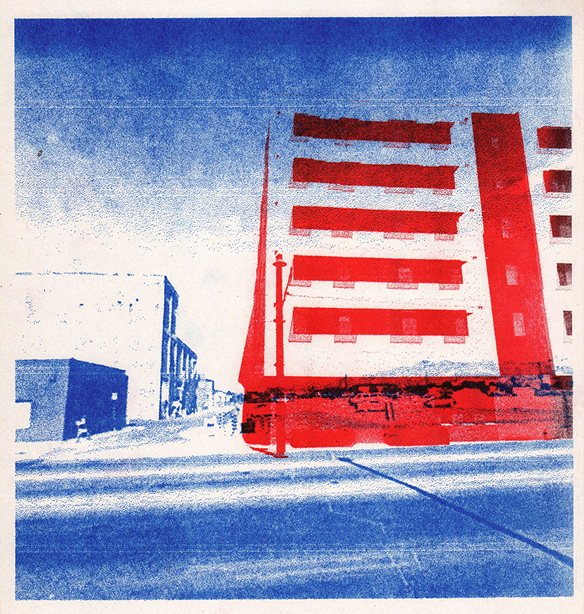
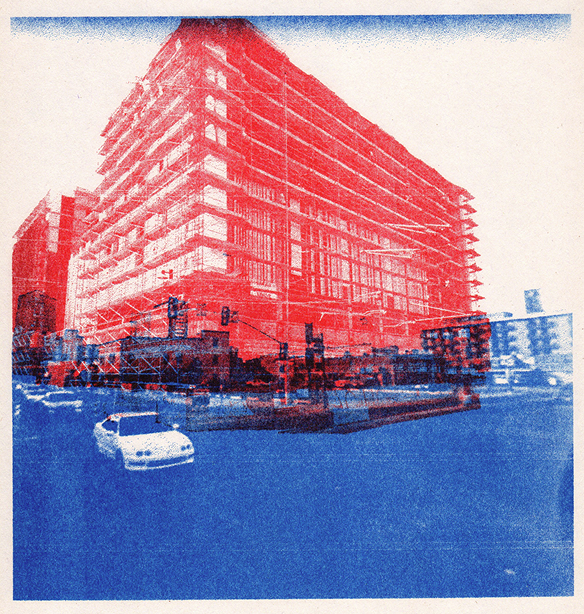
Both my art and design practices have become increasingly centered around research, in archives, through oral histories and video interviews, in discovery sessions with clients, on poorly configured AWS servers and in various databases.
Inquiry is so fundamental to my practice because it feels important to me that I root out the causes and the lineage of the aesthetics I use or contribute to.
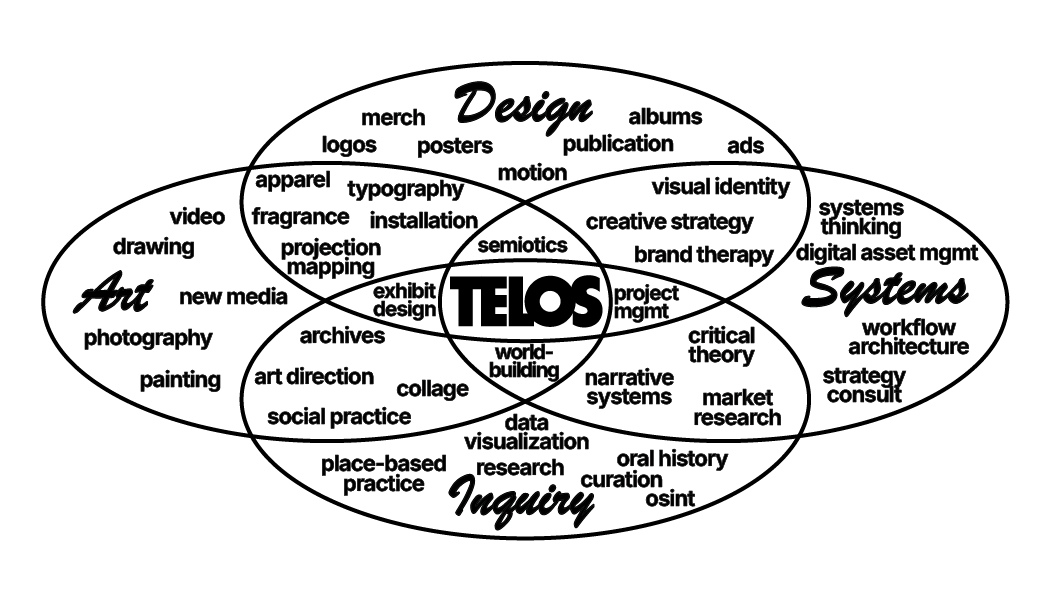
My work has been supported by Phoenix Art Museum, University of Arizona School of Art, Medici Circle, Mellon Foundation, the Loft Cinema, and MOCA Tucson, among others.
I've lectured and given workshops at Tucson Musum of Art, MOCA Tucson, Any Positive Change: Arizona's Harm Reduction Conference, UA Geography 375: Metropolitan Tucson--Internal and External Borders of a Desert City, and in various gatherings, community spaces, and informal happenings.
I have worked, in recent years, as a lead designer, creative director, digital asset specialist, producer and strategy director. My clients include La Rosa, VIVA PHX, HOCO FEST, Arizona State Museum, PepsiCo, Mello Music Group, Arizona Housing Coalition, Southern Arizona Aids Foundation, Confluencenter, and more. I run the creative agency and design studio Eros Works with Matt Baquet.
I'm anti-discipline; I make art and design with as many tools as I can get my hands on. Lately I make immersive identity systems, photography, video projection, experimental publishing, fragrance, and creative code—and more. I'm interested in design and art as: